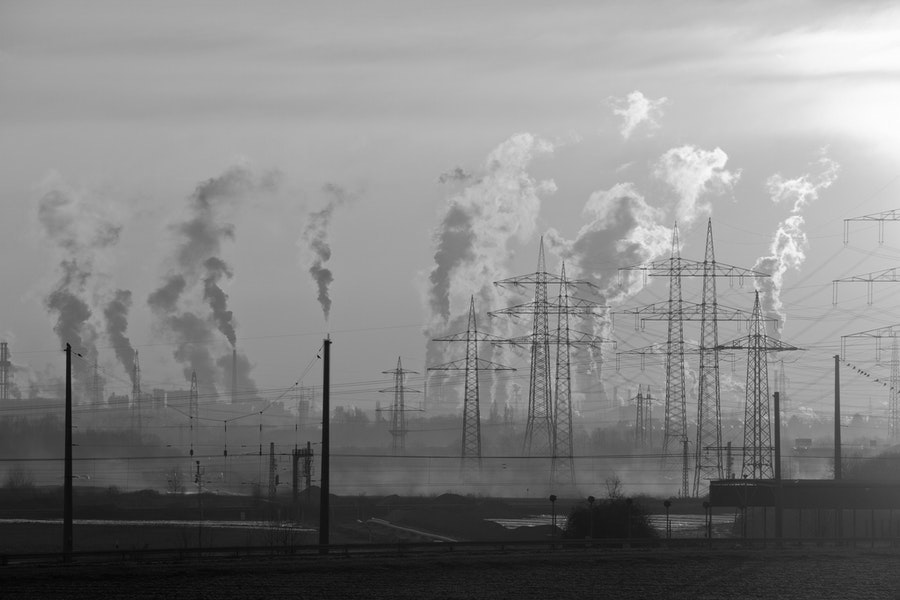Real estate probably isn’t one of the first industries that comes to mind when thinking about climate change – but it should be. Globally, the built environment is responsible for around 40% of energy-related carbon emissions, so getting to net zero by 2050 (as many countries have committed to do) is a considerable challenge. Despite greater awareness of the impact of climate change, global energy demand in buildings rose 1% from 2017 to 2018, and sector emissions increased by 2%.
While energy use will have fallen in some sectors such as offices in 2020 due to the covid-19 outbreak, in others, such as residential and logistics, it will have increased. Nonetheless, working towards net zero – and continuing to improve sustainability metrics for all types of buildings – makes good commercial and societal sense.
Property owners have been expected to bear part of the financial burden of the covid-19 crisis in terms of deferring and reducing rents. Equally, we expect owners will come under increasing pressure to reduce carbon emissions to help deliver on the 2015 Paris Accord target to limit global warming to “well below” 2˚C. For asset managers, the answer to getting real estate to zero emissions in the coming decades will depend on three Rs: renewables, retrofitting and responsible ownership.
Renewables will be part of the answer. For example, the energy grids in the UK and Continental Europe are already decarbonising energy usage through increasing renewables and phasing out coal-fired power stations. Scotland’s target of producing 100% of electricity used in Scotland from renewable sources by the end of this year will be missed but should be achieved very soon, with several big schemes in development. The UK has just experienced a record 67 consecutive days during which no coal was burned to make electricity – the longest period since coal-fired power stations were built 130 years ago. Last year, renewables accounted for three-quarters of new generation capacity built around the world, principally solar and wind. Even under pro-coal US president Donald Trump, renewables will overtake coal for US electricity production this year.
The answer to getting real estate to zero emissions in the coming decades will depend on three Rs: renewables, retrofitting and responsible ownership
In sector-specific initiatives, real estate has also been reducing emissions by creating more efficient buildings. For example, the Bullitt Centre in Seattle (a 50,000 sq. ft office building) is said to be one of the world’s greenest buildings. On a net basis, it is zero energy, zero carbon and zero water, as well as having other sustainable features. The building is estimated to have cost around 23% more to build than a typical class-A office. However, it is fully let and designed to last 250 years, providing an attractive fixed income for many decades, so it should perform well.
But only 1% of building stock is replaced each year, and most of it is nowhere near net zero. For all the emphasis on new buildings, the reality is that the built environment of 2050 already exists. The majority of buildings that will be around in 30 years’ time have already been constructed. To make an impact, the real change has to be in refurbishing and retrofitting older buildings.
At Fidelity International, our real estate team is continuously seeking to retrofit and improve our existing stock of around 8m sq. ft of commercial real estate. When we have voids and we are in control, we take the opportunity to improve assets ourselves, and when our buildings are let, we try to influence tenant behaviour to reduce the impact of their use on the environment.
Fidelity International has recently pledged to reduce our company-wide operational carbon emissions to net zero by 2040. In real estate, we are examining what this net zero commitment could mean in terms of impact on asset intensity, costs to our investors and ultimately performance. We also use our proprietary ESG ratings system, and work with our in-house sustainable investing team, to see where we may be able to influence companies that are tenants. We believe this kind of co-operation is key to delivering ever greater reductions in carbon emissions – and getting the built environment to net zero in the coming decades.







